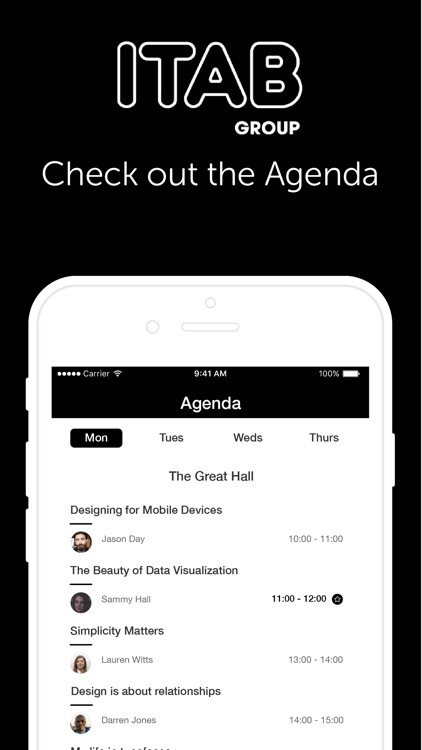
However, it will defer gross profit recognition until cash is received in installments in the future. Under this method, the entity will record revenue and costs of sale contracts at the time of sale. This profit rate could change every year. The entity using this method must calculate the expected profit rate from the sales contract for every year separately.

The installment method of accounting requires calculating a deferred profit recognition approach. Application of the Installment Method of Accounting For a sale contract of twenty or thirty years, accrual accounting may underestimate the risk of loss due to uncertain collections and also other future contracts costs.
ITAB IN INSTALLMENTS FULL
Under accrual accounting, entities would need to recognize full revenues at the front-end. However, it is acceptable under GAAP rules as it allows for matching the expenses and revenues in the same accounting period that accrual accounting may not offer for these types of contracts. One of the key aspects of the installment method of accounting is its contradiction with accrual accounting. READ: Account Payable Control System, the Ultimate Guide Other contracts involving installment plans.In most cases, the certainty of cash receivables cannot be estimated reasonably over the long term.Ĭommon examples of sales contracts where the installment method of accounting can be used include: The installment method of accounting can be applied across different types of sales contracts where the payment terms are spread over a longer period of time. Thus, the approach required an alternative approach that could factor in these risks. Under these situations, the terms of contracts were more dictated by the risk of uncollectible cash payments. With longer periods the risk of loss due to uncertainty with cash collections increased. The installment method of accounting was developed to counter these issues and to facilitate sales contracts that allowed buyers to make payments in installments over the long term. The risk of default and the risk of loss resulting from uncollectible amounts increased significantly with sales contracts of longer periods. When the payment periods became longer for sales contracts, applying the usual accounting methods became increasingly difficult. Accounting for Installment Sales Contracts This accounting method is only applicable when the ownership of an asset is not fully transferred at the time of sale.

Expenses and revenues are recognized at the time of cash collection rather than at the time of sale contract.įrom an accounting perspective, the sales method allows deferral of capital gains for future years resulting in tax savings. The payments are made in installments over several months or years at a specified frequency. In these contracts, the buyer receives goods at the time of agreement.

Installment sales contracts refer to agreements that allow buyers to make payments over an extended period of time in installments rather than a lump-sum payment. Installment Sales Contracts – Installment Sales Method

Let us discuss what installment sales contracts and their accounting treatment are. The installment sales accounting method is an alternative accounting approach that allows entities to record installment revenues over the years as and when received. Installment sales contracts are preferred when an entity can reasonably estimate that a sale has occurred but cannot determine the collectability of the total sale value.


 0 kommentar(er)
0 kommentar(er)
